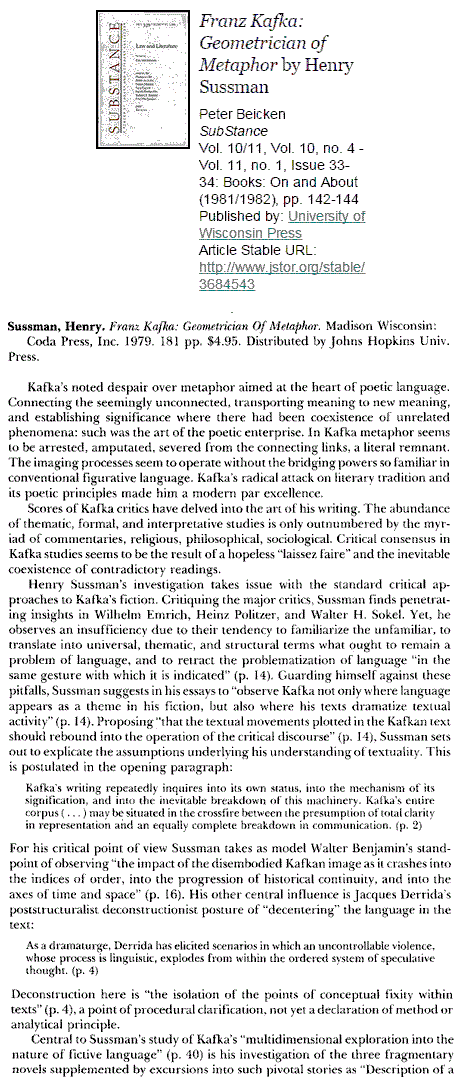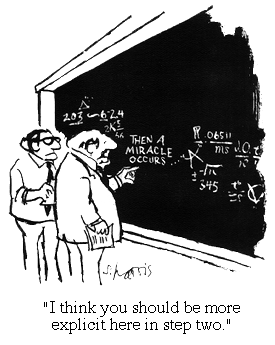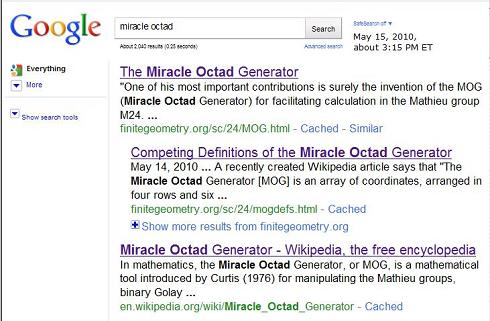(Continued)
From the abstract of a talk, "Extremal Lattices," at TU Graz
on Friday, Jan. 11, 2013, by Prof. Dr. Gabriele Nebe
(RWTH Aachen) —
"I will give a construction of the extremal even
unimodular lattice Γ of dimension 72 I discovered
in summer 2010. The existence of such a lattice
was a longstanding open problem. The
construction that allows to obtain the
minimum by computer is similar to the one of the
Leech lattice from E8 and of the Golay code from
the Hamming code (Turyn 1967)."
On an earlier talk by Nebe at Oberwolfach in 2011 —
"Exciting new developments were presented by
Gabriele Nebe (Extremal lattices and codes ) who
sketched the construction of her recently found
extremal lattice in 72 dimensions…."
Nebe's Oberwolfach slides include one on
"The history of Turyn's construction" —

Nebe's list omits the year 1976. This was the year of
publication for "A New Combinatorial Approach to M24"
by R. T. Curtis, the paper that defined Curtis's
"Miracle Octad Generator."
Turyn's 1967 construction, uncredited by Curtis, may have
been the basis for Curtis's octad-generator construction.
See Turyn in this journal.











